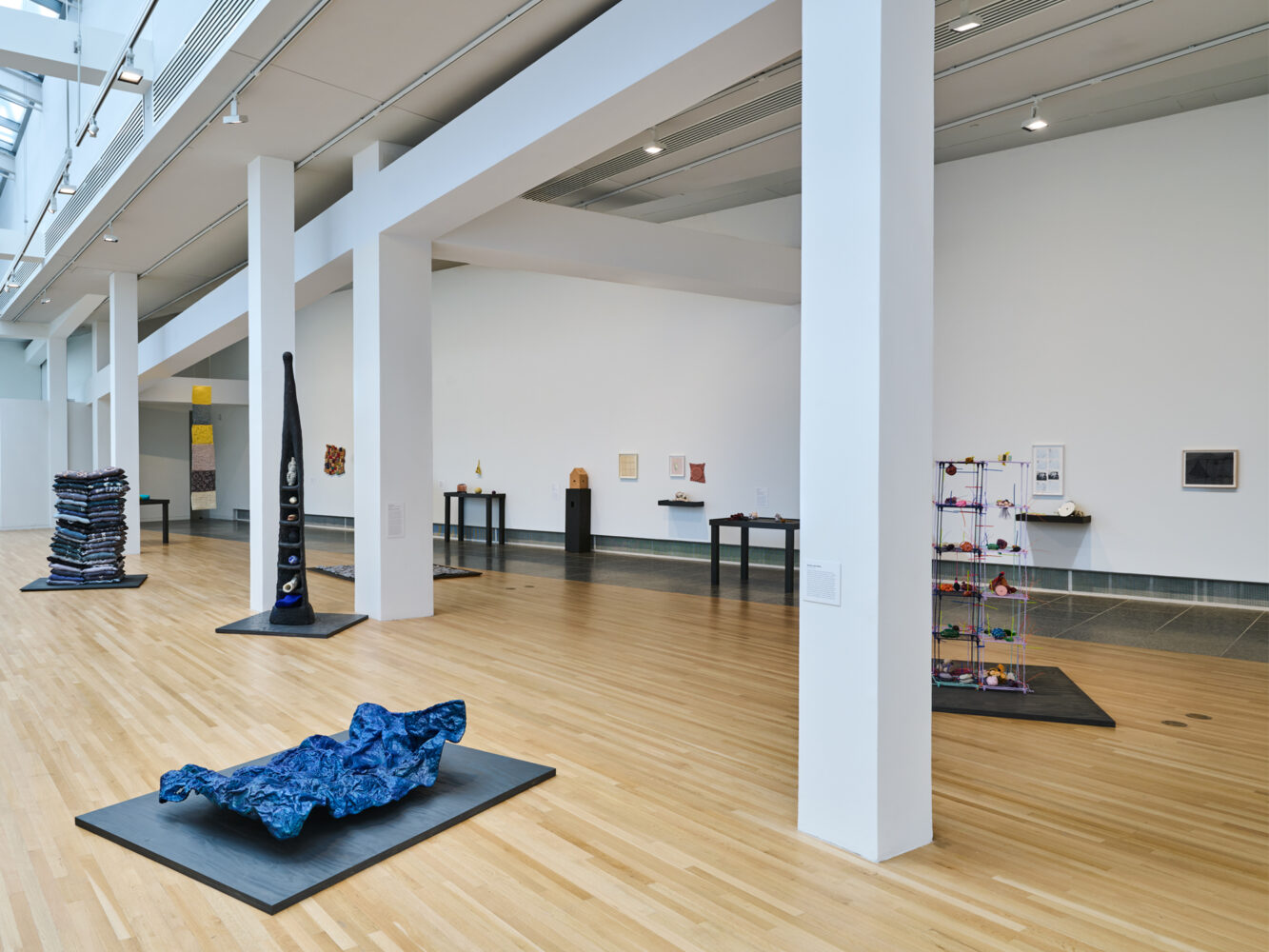Smaller is Beautiful
Francesca Gavin, Financial Times
February 2021

As a young curator, Hans Ulrich Obrist – now artistic director at the Serpentine Galleries – bought a flip phone and created a museum in his pocket by asking artists to create tiny works for this ‘exhibition space’. It was intimate, intricate, playful, but also secretive, almost subversive. It is exactly these qualities that are once again giving miniature artworks big appeal among artists, curators and collectors.
Miniatures, of course, have a long, illustrious history, initially growing out of illustrated manuscripts and becoming a luxury item in their own right in the 15th century – painted on vellum and later ivory or porcelain, and encased in bejewelled frames. In many ways, says Emma Rutherford, expert on historical miniatures and consultant for Philip Mould Gallery, they echoed a phone screensaver. These portraits were ‘something you wanted to see every day – your family or your pet or your happy place’. Wealthy supporters of Elizabeth I, for example, would hang her miniature likeness around their necks as a sign of loyalty at court – while tucking those of their lovers in their undergarments. […]







